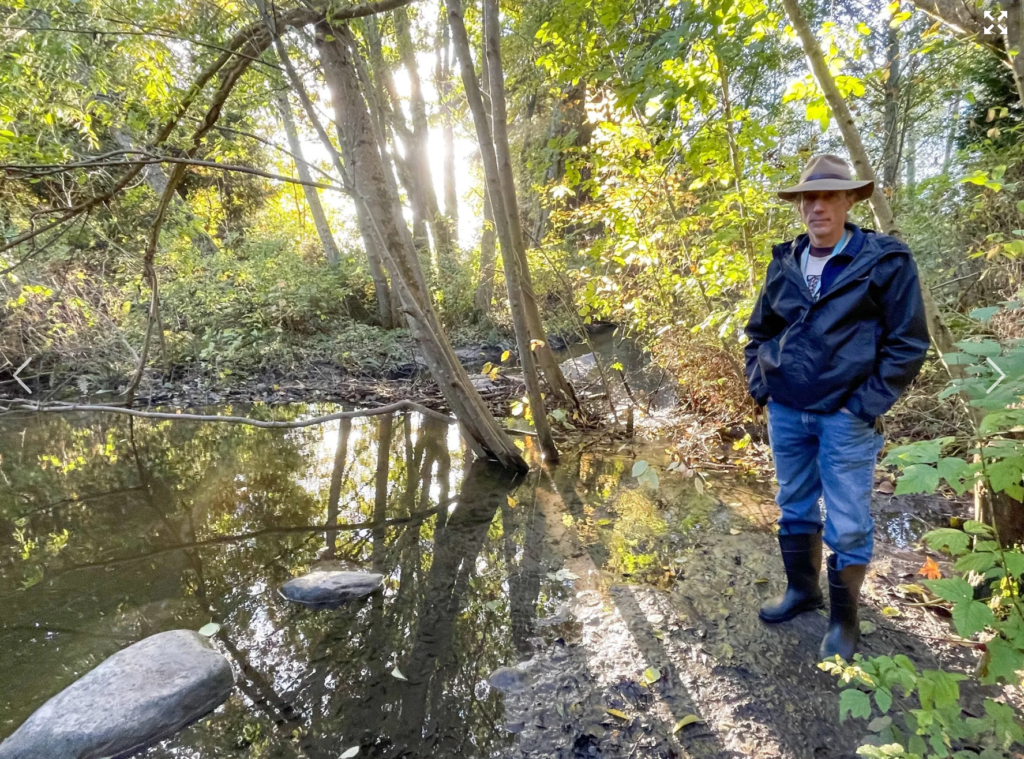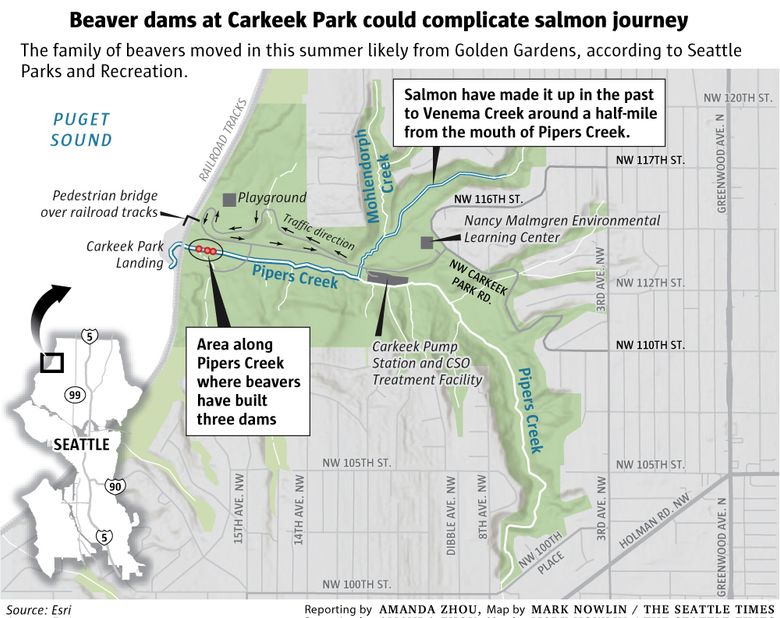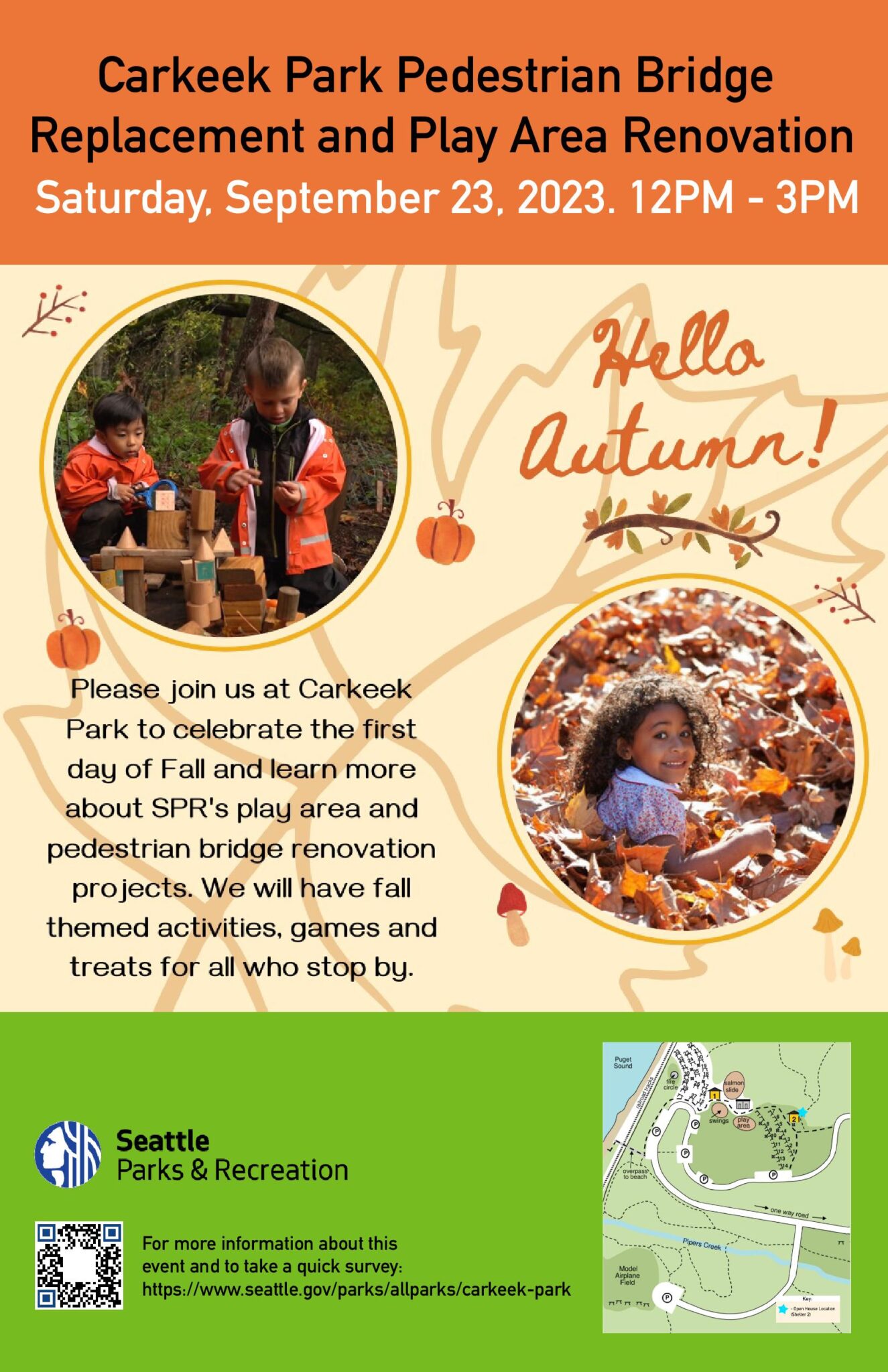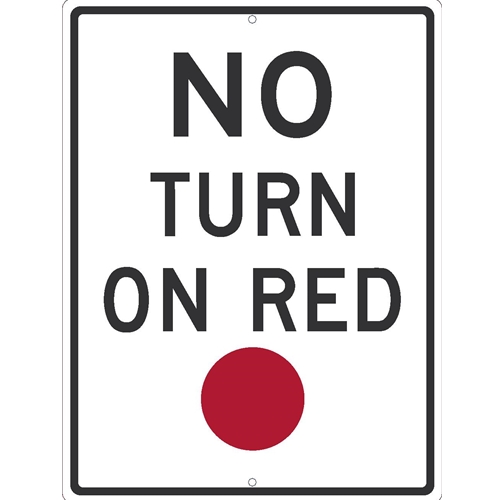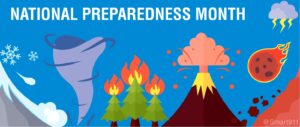Called by the sound of flowing water and ample trees, a family of beavers have moved into Carkeek Park, building a series of dams along the mouth of Pipers Creek.
The largest dam — which incorporates a fixed park bench and two large trees — has widened and grown to the degree that water is spilling on to a walking trail nearby. The dam, reinforced with mud and branches, also may present a challenge for chum salmon, which are set to return and spawn at any moment, said David Koon, the salmon program director at the Carkeek Watershed Community Action Project.
It’s not clear yet how the beaver dam will impact the spawn, he said, and some of that will depend on how much and when it will rain this season. Beavers build dams to create a pond where they can build a “lodge” to provide protection from predators.
In a natural environment — where a river flows consistently all the time — a beaver dam would be no problem for spawning salmon, he said. But Pipers Creek, surrounded by a highly urbanized and concrete-laden watershed, is no natural river.
Even without beavers, the survival rates of the salmon’s eggs are low at Carkeek Park, he said. Due to the nonporous nature of the watershed, the stream’s depth often increases and decreases rapidly before and after rain, leading the eggs often to be washed out. Plenty of other things like runoff from fertilizers, tire dust and dog poop also threaten the eggs.
While beaver dams can sometimes help salmon eggs, slowing down water and filtering silt, the ones in Carkeek Park may prevent the salmon from traveling fully upstream. If the downstream waters are high enough — which they aren’t right now — Chinook and coho salmon can jump over the dams and the chum can beat their way through the gaps, Koon said. Otherwise, the salmon will have to wait for when the water levels get high enough during active rain.
“I don’t think there’s going to be anything so dire from this, that we’re like ‘we’ve got to get rid of these beaver right now’ … I think it’s kind of like ‘let’s wait, watch, learn and adapt,’ ” Koon said.
Normally dead salmon at the end of the season are found as far as a half-mile up from the mouth of Pipers Creek in Venema Creek, he said. The beaver dams sit on the first 300 feet of that path.
Seattle Parks and Recreation is working with the Washington Department of Fish and Wildlife to “explore mitigation strategies” to “manage” the beavers, said Parks spokesperson Rachel Schulkin; though the department will have to wait until after the migration season to make any changes.
Parks and Recreation intends to apply for a permit to install a device within the dam that would drop the water level, and may also implement fencing to protect trees. The beavers, which likely came over from Golden Gardens, may be relocated, she said.
Standing next to a 2-by-6-inch plank built into the largest dam, Koon estimated the dam’s length is more than 50 feet and the depth of the pooled water is at least 5 feet. Koon, who has kept an eye on the salmon at Carkeek Park for years, said he’s seen small dams at Pipers Creek likely built by young inexperienced beavers that get washed out after one big rain in the past.
“These ones are clearly experienced,” he said. “They’ve done some really good, amazing engineering.”
This year, as the stream has moved and broken through some of the smaller dams, he’s seen the beavers expand and lengthen the large dam, patching up sections overnight. Koon said the two adult beavers and a “kit” or baby beaver have had additional baby beavers since moving into Carkeek.

